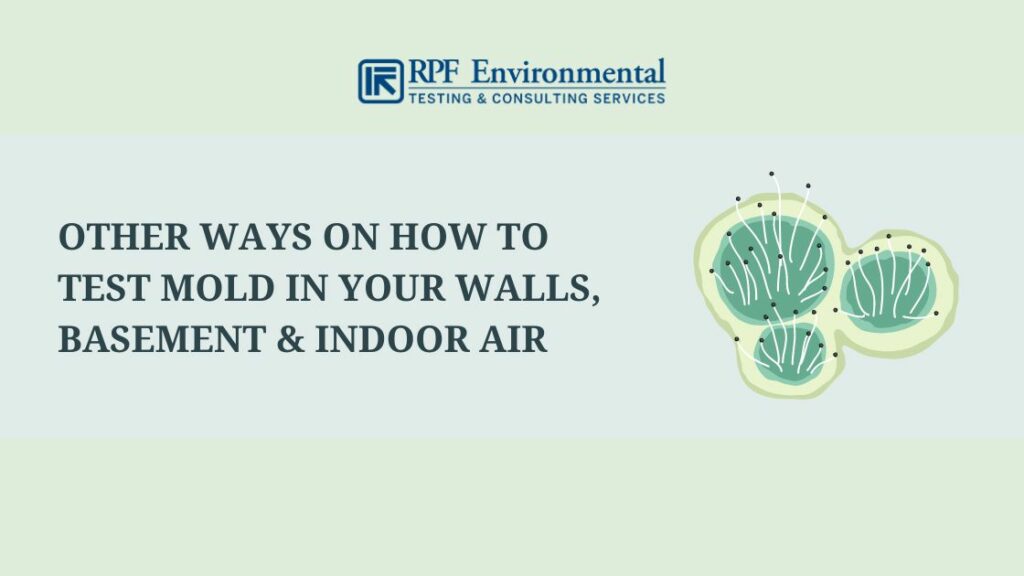Mycotoxin testing Services: A Secret Element in Danger Administration Techniques
Mycotoxin testing Services: A Secret Element in Danger Administration Techniques
Blog Article
How Mycotoxin Testing Assists Stop Contamination and Guard Food Products

Mycotoxin testing is a crucial method in the food sector, serving as a frontline defense versus contamination by damaging toxins generated by molds. With the application of sophisticated methods like High-Performance Fluid Chromatography (HPLC) and Liquid Chromatography-Mass Spectrometry (LC-MS), food manufacturers can accurately discover and quantify mycotoxin levels in farming products.
Comprehending Mycotoxins
Understanding mycotoxins begins with acknowledging that they are poisonous second metabolites produced by particular mold and mildews, which can contaminate agricultural products. These metabolites are not essential for the growth or reproduction of the fungis yet can have extreme implications for human and animal wellness. Mycotoxins are commonly found in staple plants such as corn, wheat, barley, and nuts, where they can multiply under certain problems of wetness and temperature level.
There are several kinds of mycotoxins, each created by various fungal types. Fusarium species generate trichothecenes and fumonisins, both of which are associated with numerous acute and persistent health and wellness issues.

Dangers of Mycotoxin Contamination
The risks of mycotoxin contamination are complex, positioning significant hazards to both food security and public health. Mycotoxins, hazardous compounds produced by particular kinds of fungi, can infect a large range of farming items including grains, nuts, flavors, dried fruits, and coffee.
Financial effects are another significant problem. Infected plants can lead to significant monetary losses for farmers and food producers as a result of decreased yields and the requirement for costly purification measures. In addition, worldwide profession can be substantially impeded as nations enforce rigorous mycotoxin guidelines to secure their populaces, leading to turned down shipments and stretched trade connections.
Environmental variables such as climate modification aggravate the risk of mycotoxin contamination. Variants in temperature level and moisture can produce desirable problems for fungal development, increasing the possibility of contamination occasions. Hence, understanding and mitigating these dangers are essential for making certain the safety and security and honesty of global food materials.
Approaches of Mycotoxin Evaluating
Precisely determining mycotoxin contamination in agricultural products is vital for securing public health and wellness and preserving food security requirements. Various methods are employed to detect and quantify mycotoxins, each offering specific benefits and constraints.
High-Performance Fluid Chromatography (HPLC) is a commonly used method as a result of its high level of sensitivity and accuracy. It includes separating mycotoxins from other substances in an example, allowing precise quantification. Similarly, Liquid Chromatography-Mass Spectrometry (LC-MS) integrates liquid chromatography with mass spectrometry to supply in-depth molecular information, making it particularly useful for recognizing numerous mycotoxins all at once - Mycotoxin testing Services.

Gas Chromatography-Mass Spectrometry (GC-MS) and Thin-Layer Chromatography (TENDER LOVING CARE) are also employed, each with unique applications. GC-MS works for volatile mycotoxins, while tender loving care supplies a simpler, affordable choice for initial testing.
Advantages of Normal Testing
Routine testing for mycotoxins in agricultural products provides various benefits, dramatically adding to public health and food safety. By identifying contamination early, regular testing helps stop the distribution of toxic foods, thus minimizing the threat of mycotoxin-related illnesses among customers. This aggressive strategy not only safeguards human health however likewise improves the total high read this quality of food materials.
Different nations and areas have established rigorous limitations for mycotoxin degrees in food and feed. Adhering to these restrictions through normal testing makes sure that vendors and producers meet lawful requirements, thereby staying clear of penalties and trade barriers.
In addition, normal mycotoxin screening can lead to considerable financial advantages. websites Early discovery of contamination enables timely intervention, decreasing prospective losses from prevalent contamination. Implementing regular testing procedures can likewise decrease recall prices and relevant liabilities, which can be financially ravaging.
In addition, normal screening gives valuable data that can inform better agricultural methods and storage conditions. By comprehending patterns of contamination, producers can embrace precautionary actions, thereby adding and reducing future risks to the sustainability of the food supply chain.
Executing Checking Procedures
Executing reliable mycotoxin screening protocols is crucial for ensuring the safety and security and high quality of agricultural items. Each phase has to be inspected to pinpoint where mycotoxin contamination is most likely to take place.
When vital control points are recognized, choosing appropriate screening techniques is essential. Usual methods include enzyme-linked immunosorbent assay (ELISA), high-performance fluid chromatography (HPLC), and mass spectrometry (MS) Each method has its toughness and weaknesses; therefore, choosing the correct one depends on the details mycotoxin being evaluated, the needed sensitivity, and readily available resources.

Finally, incorporating the screening methods right into a comprehensive food safety management system is advisable. This enhances traceability and enables swift rehabilitative activities when contamination is detected, thereby safeguarding the integrity of the food supply chain.
Verdict
Mycotoxin screening is essential in avoiding contamination and guarding food materials by making it possible for very early discovery of harmful contaminants produced by molds in agricultural products. Routine screening improves brand name online reputation, financial stability, and trust in food safety by reducing contamination-related losses and preserving high requirements in food manufacturing.
Mycotoxin testing is an indispensable practice in the food industry, serving as a frontline protection versus contamination by harmful toxins produced by molds. An integrated approach involving agricultural practices, storage management, and regular screening can minimize the risks linked with mycotoxin contamination, ensuring food safety and public health.
The dangers of mycotoxin contamination are complex, positioning considerable dangers to both food security and public health and wellness.Routine screening for mycotoxins in farming items uses countless advantages, significantly adding to public wellness and food safety and security.Mycotoxin screening is necessary in stopping contamination and securing food materials by allowing early detection of harmful contaminants created by molds in farming items.
Report this page